Introduction
Pickled cowpeas, a staple in many Asian cuisines, particularly in China and India, offer a tangy, savory burst of flavor that can elevate any meal. These legumes, when preserved through the art of pickling, transform into a versatile ingredient capable of adding depth to salads, stir-fries, and even rice dishes. While the process may seem straightforward, achieving that perfect balance of acidity, sweetness, and spice is an art form that requires attention to detail and a bit of culinary finesse. In this comprehensive guide, we’ll delve into every aspect of making delicious pickled cowpeas, from selecting the right ingredients to perfecting the pickling liquid and ensuring long-term storage.
Section 1: Choosing the Right Cowpeas
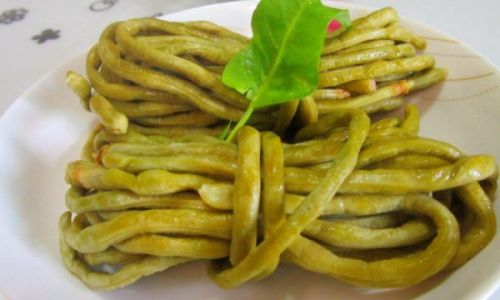
The foundation of any great pickled cowpea dish lies in the quality of the beans themselves. Here are some key considerations when selecting cowpeas for pickling:
-
Freshness and Variety: Opt for fresh cowpeas, preferably those that are firm, green, and free from blemishes. Varieties like Black Eyed Peas or Long Podded Cowpeas (often called Vigna unguiculata subsp. sesquipedalis) are ideal for pickling due to their texture and flavor.
-
Size and Shape: Smaller, more uniform cowpeas tend to pickle more evenly, ensuring consistent taste and texture throughout the jar.
-
Maturity: Ensure the cowpeas are fully mature but not overly dried out. Freshly harvested cowpeas retain more moisture and flavor, making them ideal for pickling.
Section 2: Preparation and Blanching
Once you’ve sourced the perfect cowpeas, the next step is to prepare them for pickling. This involves cleaning, sorting, and blanching:
-
Cleaning: Rinse the cowpeas thoroughly under cold running water to remove any dirt or debris. Sort through them to discard any damaged or discolored beans.
-
Soaking: Soak the cleaned cowpeas in water overnight or for at least 6-8 hours. This helps soften the beans and reduces cooking time later.
-
Blanching: Drain the soaked cowpeas and bring a large pot of water to a rolling boil. Add a pinch of salt to the water for flavor. Blanch the cowpeas for about 3-5 minutes, or until they are just tender but still hold their shape. Immediately plunge them into ice water to stop the cooking process and preserve their color and texture.
Section 3: Crafting the Pickling Liquid
The pickling liquid, or brine, is the heart and soul of pickled cowpeas. It not only preserves the beans but also infuses them with flavor. Here’s a classic recipe for a balanced and delicious brine:
-
Ingredients:
- 2 cups distilled vinegar (white or apple cider vinegar works well)
- 2 cups water
- 1/4 cup sugar (or honey for a more natural sweetness)
- 2 tablespoons salt
- 1 teaspoon whole black peppercorns
- 1 teaspoon mustard seeds
- 1 teaspoon cumin seeds
- 2-3 dried red chili peppers (adjust to taste)
- 2 cloves garlic, sliced thin
- 1-inch piece of fresh ginger, sliced thin
-
Instructions:
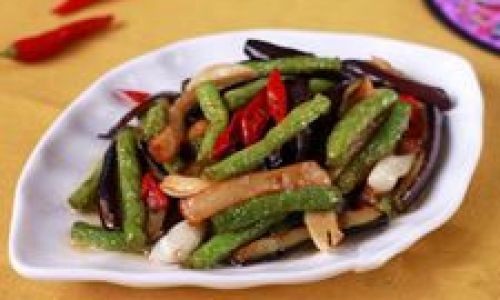
- In a medium saucepan, combine the vinegar, water, sugar, and salt. Heat until the sugar and salt are fully dissolved.
- Add the peppercorns, mustard seeds, cumin seeds, dried chili peppers, garlic, and ginger. Bring the mixture to a simmer and cook for about 5 minutes to allow the spices to release their flavors.
- Remove the saucepan from heat and let the brine cool to room temperature. It’s crucial to use cooled brine to avoid cooking the already blanched cowpeas further.
Section 4: Jarring and Pickling
Now that you have your prepared cowpeas and the pickling liquid ready, it’s time to jar them up:
-
Sterilizing Jars: Ensure your jars and lids are sterile to prevent contamination. You can do this by boiling them in water for 10 minutes or running them through the dishwasher on the hottest setting.
-
Packing the Cowpeas: Using a funnel, pack the blanched and cooled cowpeas tightly into the sterile jars. Fill each jar to within about 1 inch of the top to leave room for the brine.
-
Pouring the Brine: Carefully pour the cooled pickling liquid over the cowpeas in each jar, ensuring they are fully submerged. Use a chopstick or a small spatula to remove any air bubbles trapped between the beans.
-
Sealing and Storing: Secure the lids tightly on the jars. Place the jars in a boiling water canner or a large pot filled with enough water to cover the jars by at least 1 inch. Bring the water to a rolling boil and process the jars for 10 minutes (adjust time for altitude if necessary). Remove the jars from the water, let them cool completely, and check for seals. Properly sealed jars will have lids that are concave and do not flex when pressed.
Section 5: Flavor Variations and Enhancements
While the classic pickled cowpea recipe is delicious on its own, there are endless possibilities for flavor variations:
-
Herbal Infusions: Add fresh herbs like dill, thyme, or bay leaves to the brine for an aromatic twist.
-
Spicy Kick: Incorporate more heat by adding sliced fresh chilies or a splash of sriracha sauce to the brine.
-
Sweet and Sour: Balance the tang with additional sweetness by incorporating fruits like sliced apples, pears, or even pineapple.
-
Garlic and Ginger: For a more intense aromatic profile, increase the amount of garlic and ginger in the brine.
Section 6: Serving and Enjoying Pickled Cowpeas
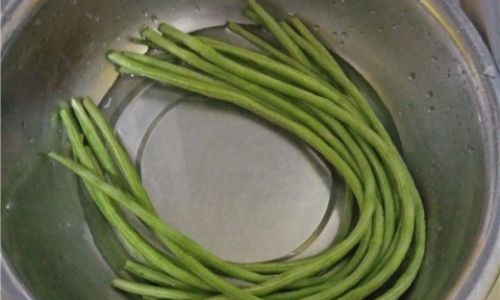
Once your pickled cowpeas have reached their peak flavor (usually after a few weeks of storage), they are ready to be enjoyed in numerous ways:
-
Salads: Add a handful to mixed green salads for a crunchy, tangy contrast.
-
Rice Dishes: Mix pickled cowpeas into fried rice or use them as a topping for plain rice.
-
Stir-Fries: Incorporate them into your favorite stir-fry recipes for an extra layer of flavor.
-
Appetizers: Serve them as a standalone appetizer with a sprinkle of chopped fresh herbs and a dollop of yogurt or sour cream.
Section 7: Troubleshooting and Long-Term Storage
Even the most seasoned picklers may encounter issues. Here are some troubleshooting tips and advice on long-term storage:
-
Cloudy Brine: Cloudiness in the brine is usually harmless and can be caused by natural yeast growth. If it concerns you, refrigerate the jars to slow down the process.
-
Soft Beans: If the beans become too soft, it may indicate overcooking during blanching or too long processing time. Adjust these steps accordingly.
-
Long-Term Storage: Properly sealed and processed pickled cowpeas can be stored in a cool, dark place for up to a year. Once opened, store in the refrigerator and consume within a few weeks.
Conclusion
Making delicious pickled cowpeas is a rewarding culinary endeavor that combines the art of preservation with the science of flavor extraction. By following the steps outlined in this guide, from selecting the perfect beans to crafting a balanced brine and ensuring proper storage, you can create pickled cowpeas that are not only delicious but also versatile and long-lasting. Whether you’re looking to add a tangy twist to your everyday meals or preserve a bounty of fresh cowpeas from your garden, the art of pickling offers a delightful way to enjoy these legumes year-round. Happy pickling!
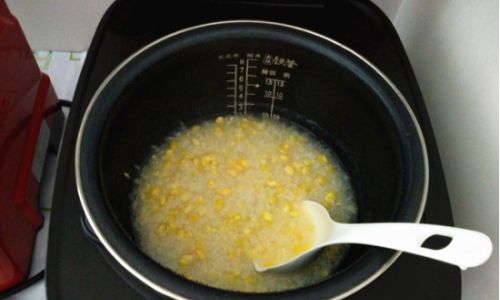

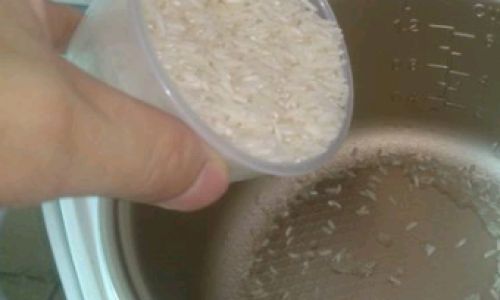

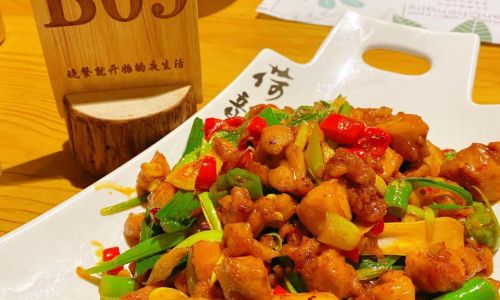
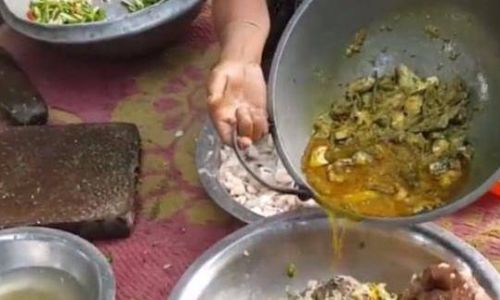
0 comments